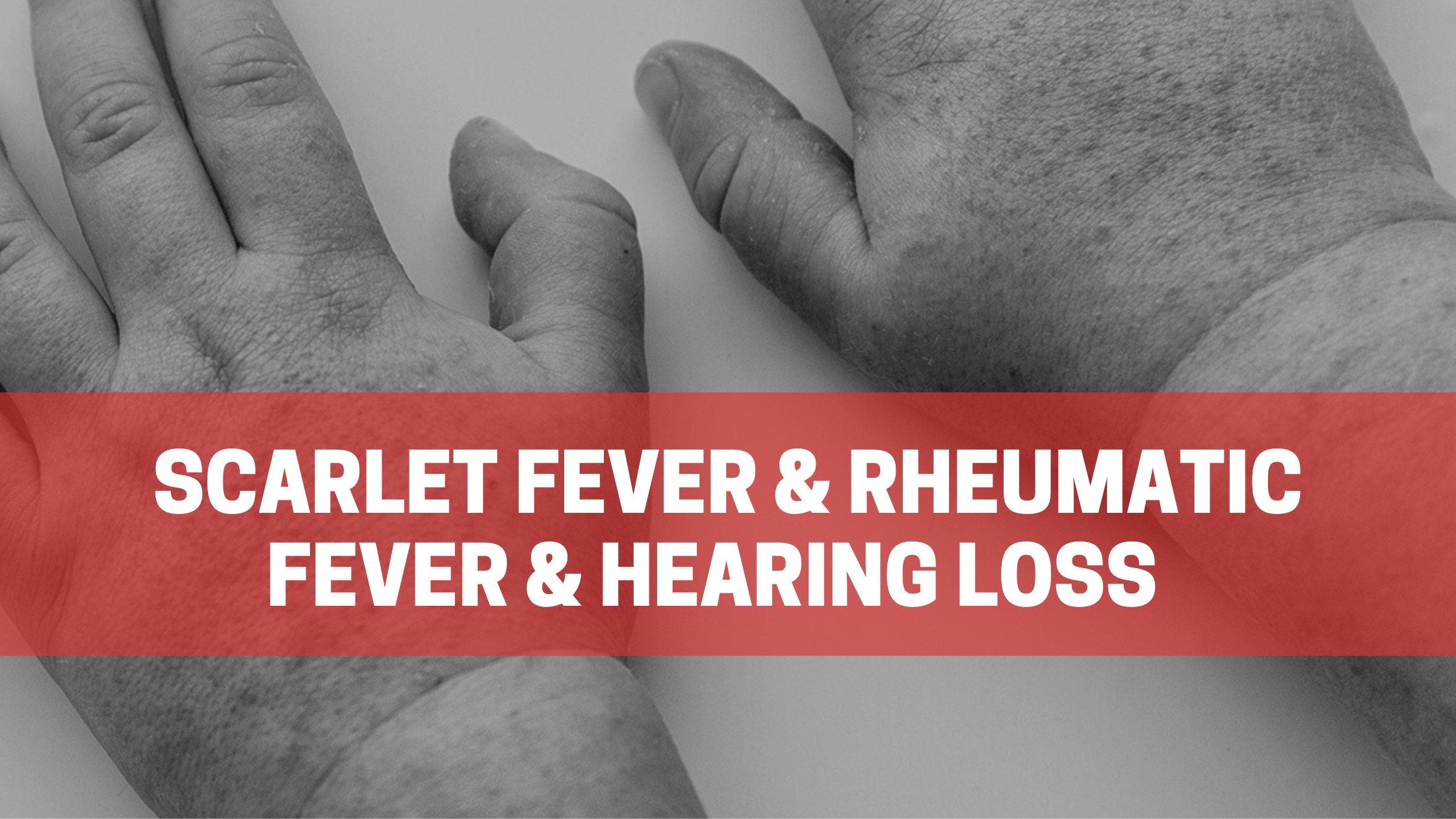
The famous Helen Keller and Thomas Edison have 1 thing in common, both lost their hearing through a disease called Scarlet Fever that developed into Rheumatic Fever.
Scarlet fever is an illness that is caused by a bacterial infection. Rheumatic fever is an inflammatory condition that can develop if scarlet fever is not identified and treated early. Scarlet fever, if untreated, may develop into rheumatic fever.
One of the serious results of scarlet fever was often deafness. The deafness usually arises from complications that include sinus infections, followed by abscesses of the ear and often resulting in mastoiditis.
In scarlet fever the middle ear is usually affected by communication with the nasopharynx through the Eustachian tubes. The inflammation extending along the Eustachian tube is followed by suppuration and perforation of the tympanic membrane resulting in a conductive hearing loss that would not be curable until many years later, if then. In some cases the membranous labyrinth is affected directly creating cochlear damage due to systemic poisoning by the bacteria which would then leave a sensorineural (permanent) hearing loss. In addition, a sustained high fever of over 104 degrees which may accompany the disorder can also create a sensorineural hearing loss and require immediate medical attention.
Most parents were grateful that their child’s life was spared, but the residual damage was an auditory devastation that destined many of 19th and early 20th century children to a life of deafness or being hard of hearing. These days scarlet fever issues created within the middle ear and the resulting conductive hearing loss can usually be surgically repaired or cured in most cases, or never occur with today’s antibiotic treatment regimes.
While deafness from scarlet fever was a devastation of the 19 and early 20th centuries a positive from this dreaded disease was the many inventions created due to its presence. These include surgical techniques, research into bacteria, even Miller Reese Hutchinson’s first hearing aid, which was made for a friend who had suffered the disease. Some of those deafened by scarlet fever became contributors to science, the arts and other disciplines, many of whom have been featured at Hearing International.
Just a small fraction of those that were affected by the disease are remembered here:
- Helen Keller– Deaf Blind Political Activist, and Lecturer
- Thomas Edison– Famous Inventor
- Oliver Heaviside– Famous Engineer, Mathematician, and Electric Circuit Theorist
- Konstantin Tsiolkovsky – Rocket Scientist and Aeronautic Theorist
- Douglas Tilden– World Famous Sculptor
- Granville Redmond– Landscape Painter, occasional actor with Charlie Chaplin
The incidence of acute rheumatic fever (ARF) is 8 to 51 per 100,000 people worldwide. It most commonly affects children 5 to 15 years of age after a group A streptococcal infection.
Overcrowding and poor socioeconomic conditions are directly proportional to the incidence of ARF.
Are you interested in knowing which other medical conditions can contribute to hearing loss? Read the Medical Mondays with Yolande’s practice blog right here:
